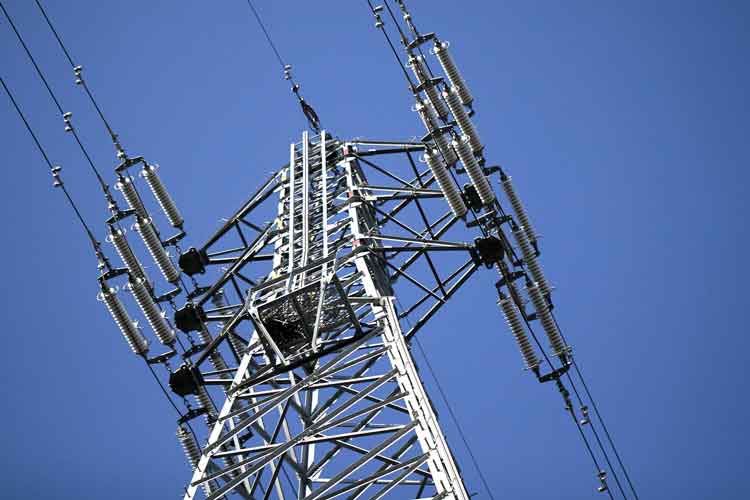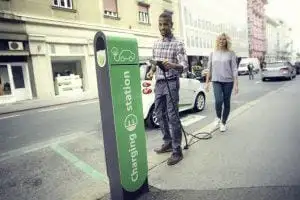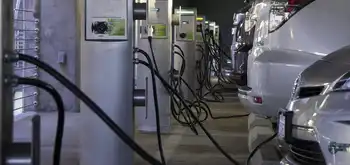Newfoundland and Labrador Hydro Selects OSI Technology for Advanced Situational Awareness
High Voltage Maintenance Training Online
Our customized live online or in‑person group training can be delivered to your staff at your location.

- Live Online
- 12 hours Instructor-led
- Group Training Available
OSI Landscape Situational Awareness delivers decision support with grid analytics, SCADA integration, real-time dashboards, and mobile visualization to boost utility operations, reliability, and resilience across transmission and distribution networks in complex environments.
Key Points
A configurable decision support platform fusing analytics, visualization, and SCADA data to enhance grid operations.
✅ Tailors to utility objectives across transmission and distribution
✅ Integrates SCADA, EMS/DMS data for unified situational views
✅ Supports large-format mapboards, dashboards, and mobile
Open Systems International, Inc. (OSI) has been selected by Newfoundland and Labrador Hydro (a Nalcor company) to supply a new Enhanced Situational Awareness (ESA) system based on the OSI Landscape™ Situational Awareness platform and advanced User Interface. This system will improve the company’s operational effectiveness in complex and dynamic operational environments.
OSI's Advanced Visualizations and Situational Awareness system, OSI Landscape, is a decision support product that can be tailored to the specific operational and business objectives of any utility company. It combines data mining, mathematical analysis, and advanced visualization techniques to concisely and intuitively present critical system operators with the state of the power grid. Landscape can present data on large-format display mapboard systems, as well as supported corporate dashboards and mobile devices.
Newfoundland and Labrador Hydro is the primary generator of electricity in Newfoundland and Labrador. The company has an installed generating capacity of 1,792 megawatts and maintains thousands of kilometers of transmission and distribution lines. Over 80 percent of the energy generated is clean, hydroelectric generation. Hydro sells its power to distribution utility, industrial, residential, and commercial customers in over 200 communities across the province. The company is committed to operational excellence while delivering safe, reliable, least-cost electricity, where energy-efficiency programs can play a role.
Nalcor Energy (www.nalcorenergy.com) has a foundation rooted in the generation and transmission of electrical power, comparable to peers like Ontario Power Generation in Canada. This foundation is linked to a strong commitment to provide safe, reliable, and dependable electricity to utility, industrial, residential, and retail customers. Nalcor operations include Newfoundland and Labrador Hydro, and Churchill Falls (Labrador) Corporation Limited.
Open Systems International (www.osii.com), headquartered in Minneapolis, Minnesota, provides open, state-of-the-art and high-performance automation solutions to utilities worldwide. These solutions include Supervisory Control and Data Acquisition (SCADA) systems, Network Management Systems (NMS), Energy Management Systems (EMS), Distribution Management Systems (DMS), Outage Management Systems (OMS), Generation Management Systems (GMS), Substation Automation (SA) Systems, Data Warehousing (Historian) Analytics, Situational Awareness Systems, individual software and hardware products, and Smart Grid solutions for utility operations. OSI’s solutions empower its users to meet their operational challenges, day-in and day-out, with unsurpassed reliability and a minimal cost of technology ownership and maintenance.











